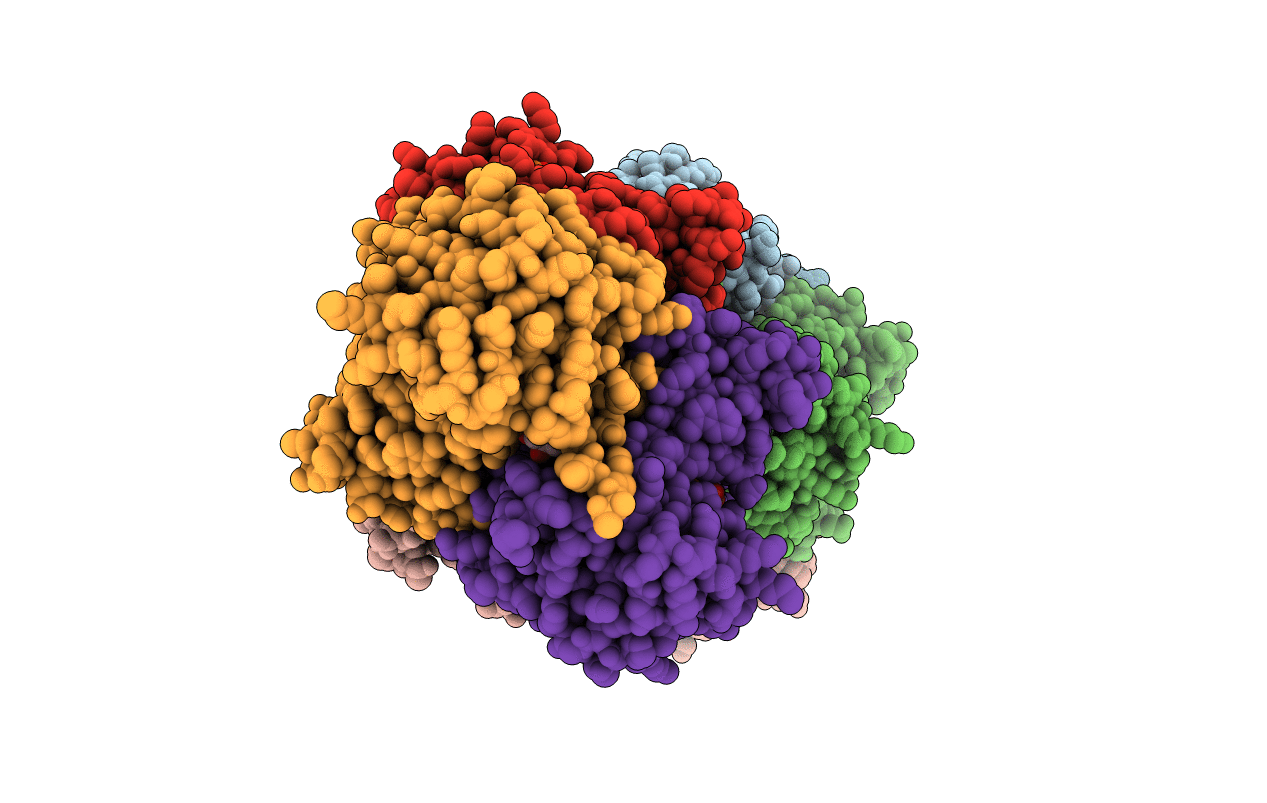
Deposition Date
2011-02-28
Release Date
2012-01-18
Last Version Date
2023-09-13
Entry Detail
PDB ID:
3QWF
Keywords:
Title:
Crystal structure of the 17beta-hydroxysteroid dehydrogenase from Cochliobolus lunatus
Biological Source:
Source Organism:
Cochliobolus lunatus (Taxon ID: 5503)
Host Organism:
Method Details:
Experimental Method:
Resolution:
1.88 Å
R-Value Free:
0.19
R-Value Work:
0.16
R-Value Observed:
0.16
Space Group:
P 1


